Isobel Gowdie and the Untold History of the Scottish Witch Trials
Some experts estimate as many as 3,000 people were accused and executed for witchcraft in Scotland.
In Atlas Obscura’s Q&A series She Was There, we talk to female scholars who are writing long-forgotten women back into history.
In the quiet town of Forres in northern Scotland, jammed between a sidewalk and a stone wall, sits the Witches Stone. Above the worn, wedge-shaped boulder, a sign erected in the 1930s recounts a gruesome execution of a person convicted of witchcraft: The accused was rolled down a hillside in a barrel laden with spikes, their “mangled” remains then burned. While there is no historical documentation of such an event, an estimated 4,000 people were accused and executed during the Scottish witch trials.
The Forres stone and its association with witches long predates the 20th-century sign. Similar stones, known as Carlin stones, litter the Scottish landscape. Some were part of ancient stone circles. Others are just natural features dotting fields and hillsides. Many of them have holes or other unusual patterns of erosion that make them stand out. Across Scotland, carlin means “old woman” or “witch,” and these stones are a tangible link to witch folklore and the history of the Scottish witch trials.
Scottish authorities let the trials fade into history but, in her new book Ashes and Stones: A Journey Through Scotland in Search of Women Hunted as Witches, writer Allyson Shaw sees Carlin stones as unofficial memorials to the victims of these terrible events. Atlas Obscura spoke with Shaw about why 16th-century Scotland was primed for a witch hunt, the inextricable links between Carlin stones and witch folklore, and why the trials continue to matter today.

What was life like for women in Scotland before the witch trials began?
Early medieval history had a place for women. In the Catholic Church, you see female saints and Mary. There were feminine entities in the landscape. There were references to the fairy queen, Brigid [a Celtic goddess-turned-saint], and other goddesses.
And then suddenly during the Scottish Reformation that was erased. So worshiping or giving offerings at holy wells, which were often the embodiment of feminine spirituality, was now a crime. You had the erasure of any notion of women as spiritual, holy beings, and what replaced it is a vision of the satanic woman.
The Reformation also brought with it very strict rules about a woman’s role and sexual conduct that made life as a woman really dicey. The confessions are full of women who are brewing beer, having babies, helping other women have babies, and cooking up medicinal drinks. Things that would in another context, or even 100 years previously, be harmless shared folk knowledge, were suddenly evidence of high treason.
What sparked the witch trials in Scotland?
At the time of the Scottish Reformation, King James VI [of Scotland, later James I of England,] wanted to build what he called a “godly society.” He wrote a book called Daemonologie, which was basically his witch-hunting treatise. So finding a witch and killing her became royal protocol under his reign.
You also had a man named John Knox, the architect of the Scottish Reformation. His diatribes were particularly misogynistic. He wrote in 1558 a book called The First Blast of the Trumpet Against the Monstrous Regiment of Women, which was an attack on women in power, particularly the reigns of Queen Elizabeth and Mary Queen of Scots. But it was also an attack on women who spoke out, who maybe had arguments in the public square or been shamed in the church.
This was also a hard time for Scotland. The war with England was going on. There were famines. And the people in power were using this idea of witches to scapegoat a certain kind of woman, which often happens in times of suffering or hardship: the most powerless or marginal group of people become scapegoats.
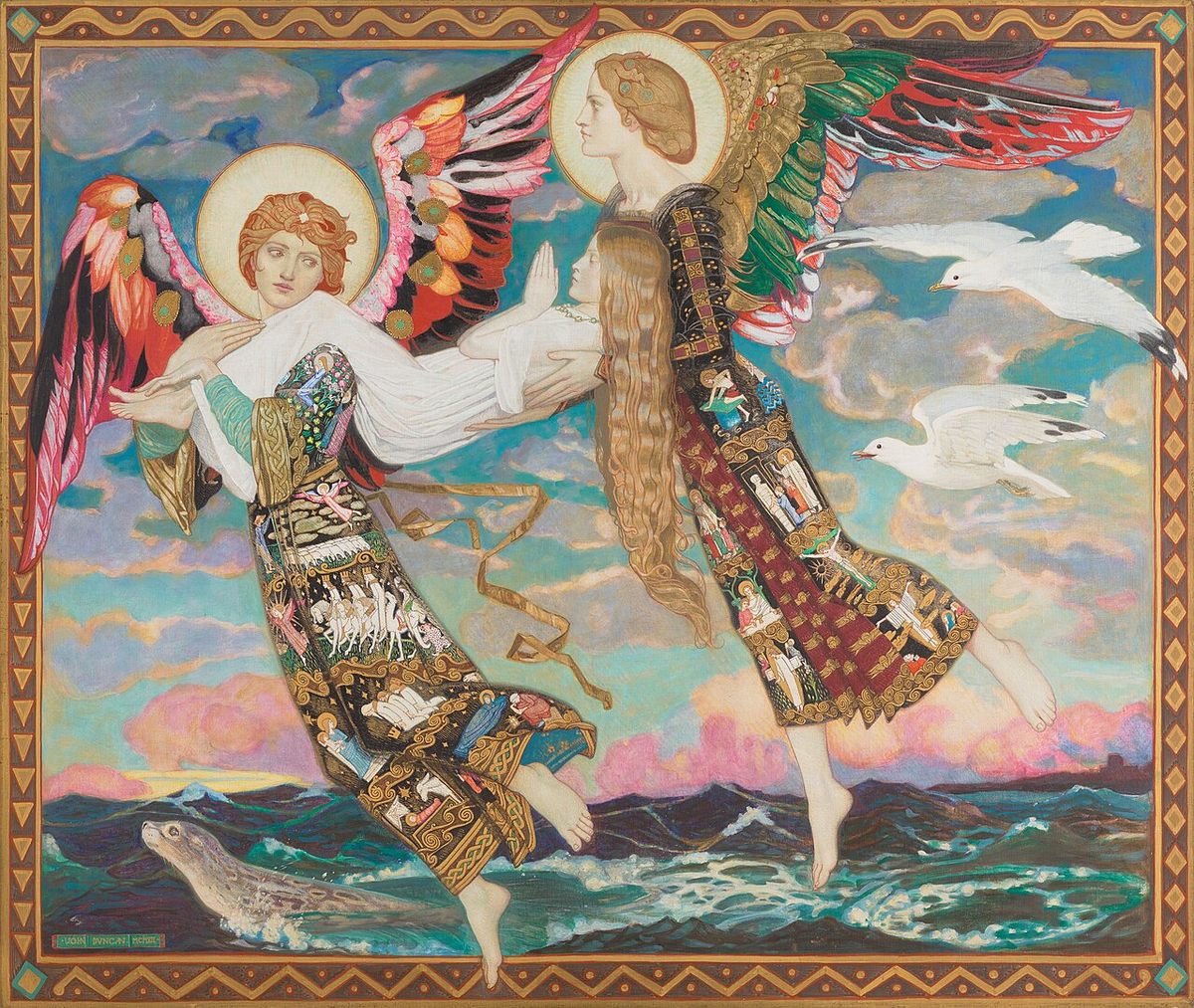
Was there a confession you found particularly interesting?
I do love reading Isobel Gowdie’s confessions. I feel like they’re a literary work in their own right. She was interrogated in the spring of 1662 and left the most extensive confessions of any of the accused—just pages and pages. Her confession is full of bravado and brags, like “Oh yeah, I killed lots of people.” She claimed she could turn into a hare and a crow.
In her confessions, she used iambic pentameter rhyming chants. She was able to do this all while being interrogated.
She scathingly made fun of the men who were interrogating her. They were the landlords she paid rent to. She saw right through them, and you can see she’s not afraid to be outlandishly furious in her confessions, probably knowing she would die. She had nothing to lose.
When did the Scottish witch trials end?
In 1735, the law changed. Hunting a witch became illegal. People started to doubt that Satan had all this power. Into the 18th century though, there were still people who were arguing for witch hunts. So it wasn’t unanimous.
I also think people lost the stomach for it. There are thousands who died and even more who were accused, and [whose fates are unknown]. Sometimes the only record we have of a woman’s death is the cost it took to kill her.

What links Carlin stones to the Scottish witch trials and witch folklore?
There’s folklore around these stones that links them to specific witches, like a stone in Monzie, Scotland, which is [associated with] Kate McNiven. The narrative goes that [the stone marks] where she was executed. There’s even folklore that the [Carlin] stones are actual women who have been turned to stone.
In my eyes, the stones started to stand in for memorials. Common people were telling stories to remember these women because larger institutions refused to. So these get associated with the names of specific women accused of witchcraft.
What would you like people to understand after reading your book?
I would love for people to see that this isn’t distant history, but that it actually has ramifications today.
This atrocity could happen again. When the church and state work together to scapegoat a marginalized group of people, horrific things can happen. In the United States, Supreme Court Justice Samuel Alito wrote an argument to repeal Roe v. Wade which quotes an English witch hunter from 1673. So this is not some distant history.
So I would really love people to understand that there’s an immediacy to this history. This isn’t some remote event you can visit for scares or ghoulish sensationalism at Halloween, but it actually has ramifications for our lives today.
This interview has been edited for length and clarity.
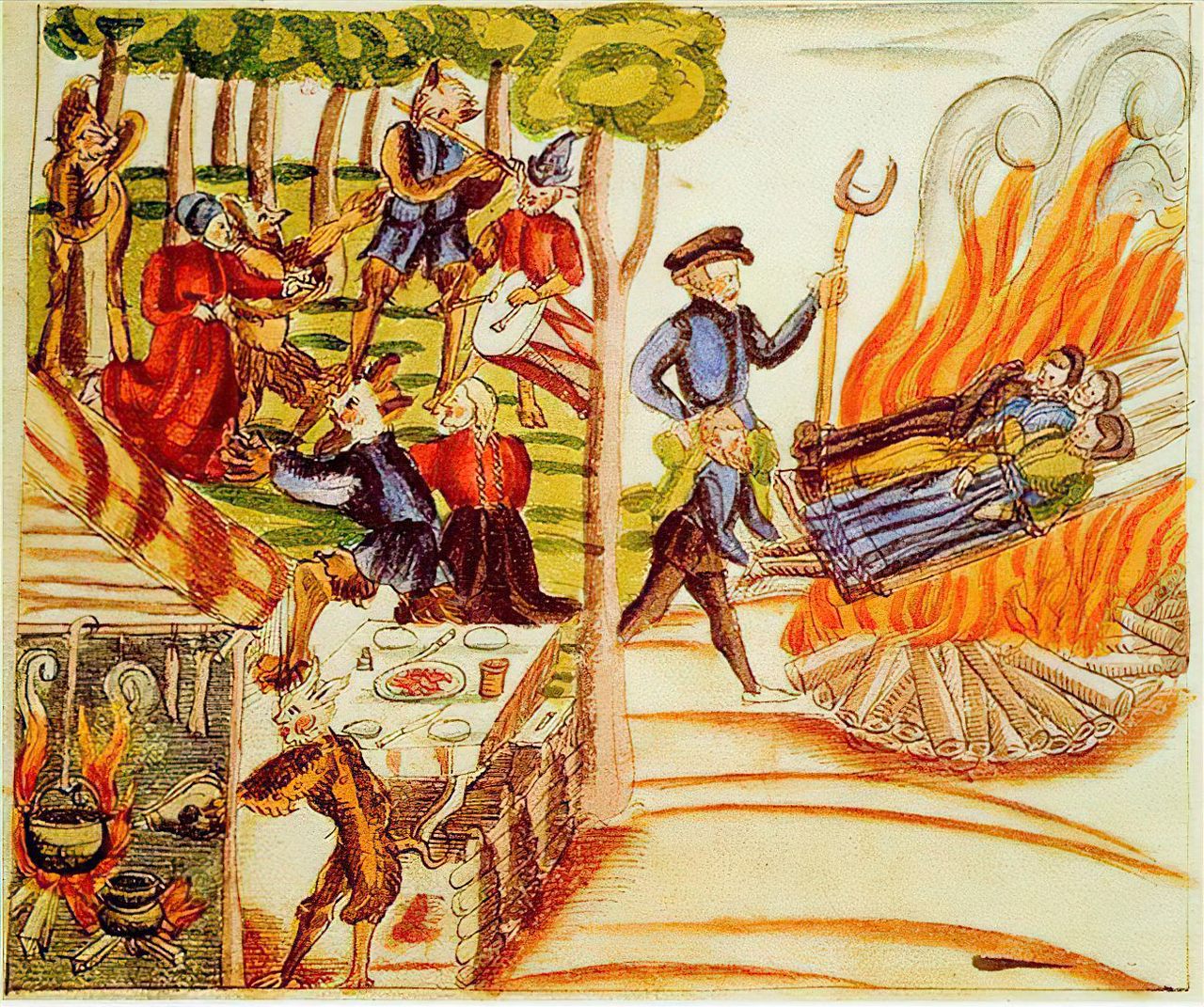


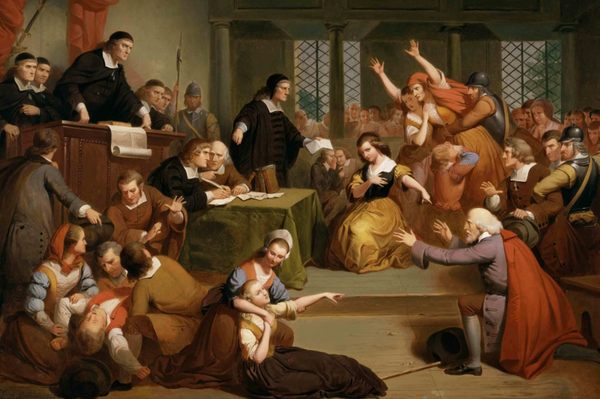

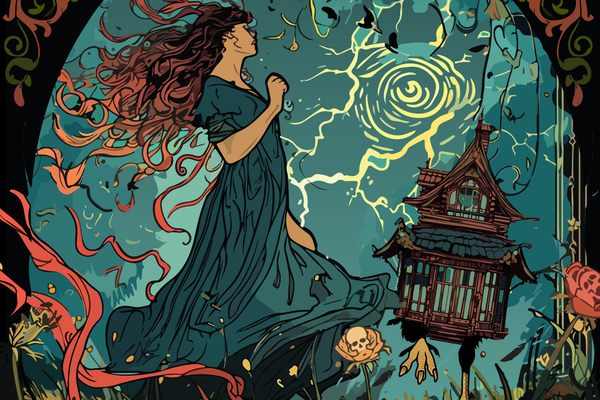
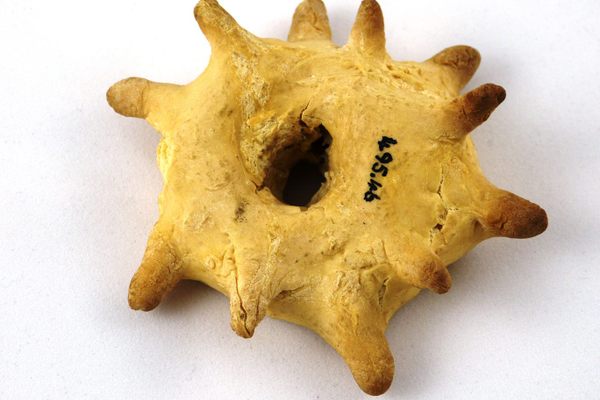









Follow us on Twitter to get the latest on the world's hidden wonders.
Like us on Facebook to get the latest on the world's hidden wonders.
Follow us on Twitter Like us on Facebook